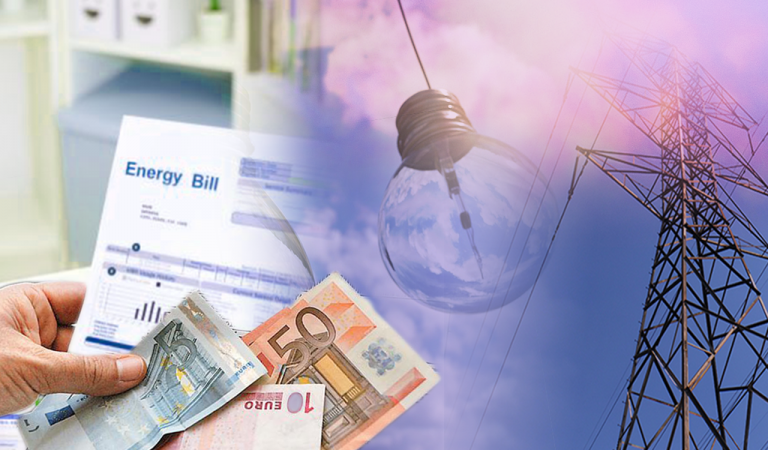
Households and businesses have cut back on electricity consumption for the ninth consecutive month. According to Independent Power Transmission Operator-IPTO’s monthly bulletin, domestic electricity demand remained negative in March as well, recording a 14.92% drop compared to the corresponding month of the previous year. In absolute terms electricity consumption last month fell to 3,992 GWh (gigawatt hours) from 4,692 GWh in March 2022.
Energy cutbacks
The energy saving of households and businesses started last June (2022) when, because of the energy crisis, they timidly started limiting electricity consumption initially by 1.61% (compared to the corresponding month of 2021). Savings continued in the following months as consumption plunged in July 2022 by 11.02%, in August by 12.53%, in September by 4.89%, in October by 8.46%, in November by 9.63%, in December by 13.16%, as well as in the first months of 2023 (in January by 13.03% and in February this year by 1.89%).
In March, a large reduction (compared to the corresponding month last year) was recorded in the low and medium voltage distribution network to which households and small and medium enterprises are connected, which consumed 17.7% less electricity by turning off the power switch or limiting the use of energy-intensive devices. The demand from power-guzzling industries connected to the high voltage grid was also limited by 5.1%, while mines recorded a decrease of 19.5%.
Power generation
The drop in electricity production this March was also impressive, as it plunged by 28.10% (compared to March 2022), reaching 3,430 GWh. The participation of green energy in the energy mix was also spectacular, with Renewable Energy Sources (RES) and hydroelectric plants covering 59.82% while thermal production (from natural gas and lignite covered 40.19%). Last month, RES and hydroelectric plants covered 56.4%, while thermal plants covered 43.6%.
Providers
Regarding the shares of electricity suppliers, PPC’s percentage appears reduced compared to the previous month. In particular, in March it held 61.37% (compared to 62.19% in February) in the total representation load in the domestic retail electricity market. In January it was at 60.08%, while in December 2022 at 63.12%. A year ago, in March 2022, PPC held 64.11% of the market, while the average share of the dominant market player in the whole of 2022 was 62.4%.
Among private suppliers, Mytilineos (Protergia) remained first with 7.42%. They are followed by HERON with 7.20% and Elpedison with 6.14% (from 5.95% in February). In the next positions are NRG with 4.96%, Attica Natural Gas with 2.90%, Watt & Volt with 2.76%, ZeniΘ with 2.11% and Volterra with 2.01%. The remaining percentage was shared by the smaller electricity providers in the market.
Latest News
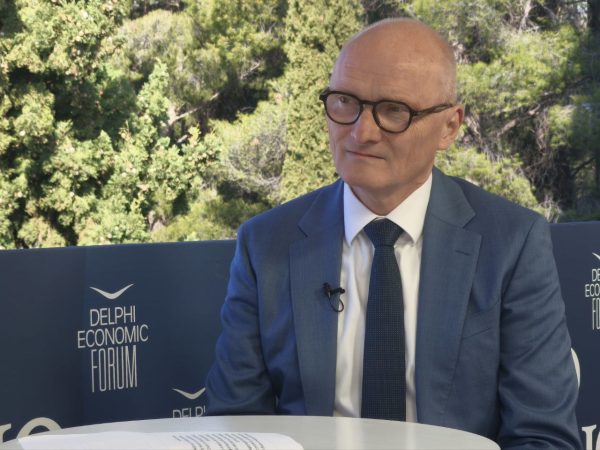
German Ambassador to Greece Talks Ukraine, Rise of Far Right & Tariffs at Delphi Economic Forum X
Commenting on the political developments in his country, the German Ambassador stressed that it was clear the rapid formation of a new government was imperative, as the expectations across Europe showed.

Athens to Return Confiscated License Plates Ahead of Easter Holiday
Cases involving court orders will also be excluded from this measure.

Servicers: How More Properties Could Enter the Greek Market
Buying or renting a home is out of reach for many in Greece. Servicers propose faster processes and incentives to boost property supply and ease the housing crisis.

Greek Easter 2025: Price Hikes on Lamb, Eggs & Sweets
According to the Greek Consumers’ Institute, hosting an Easter dinner for eight now costs approximately €361.95 — an increase of €11 compared to 2024.
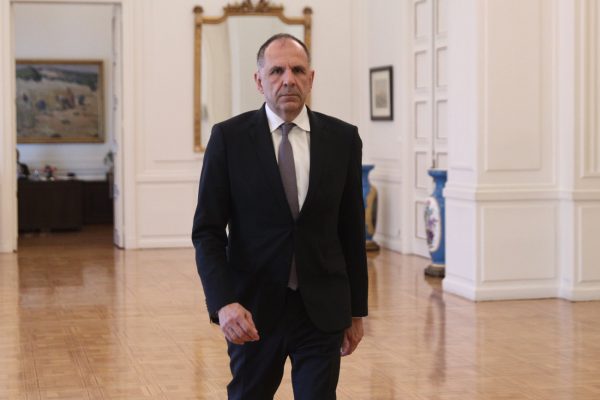
FM Gerapetritis Calls for Unified EU Response to Global Crises at EU Council
"Europe is navigating through unprecedented crises — wars, humanitarian disasters, climate emergencies," he stated.

Holy Week Store Hours in Greece
Retail stores across Greece are now operating on extended holiday hours for Holy Week, following their Sunday opening on April 13. The move aims to accommodate consumers ahead of Easter, but merchants remain cautious amid sluggish market activity.

Green Getaway Ideas for Easter 2025 in Greece
Celebrate Easter 2025 in Greece the sustainable way with eco-farms, car-free islands, and family-friendly getaways rooted in nature and tradition.

Civil Protection Minister Details Summer Firefighting Plans at Delphi Forum
At the 10th Delphi Economic Forum, Minister of Climate Crisis and Civil Protection Yiannis Kefalogiannis discussed Greece's plans for the upcoming fire season.

How Shops and Markets Will Operate During Easter Holy Week
The Easter holiday schedule has been in effect since April 10, with retail stores open Palm Sunday, and most supermarkets also operating to meet consumer demand for Easter shopping

Why Is the French Aircraft Carrier Charles De Gaulle in Piraeus?
Docking in Piraeus after a four-month deployment in the Indo-Pacific region, the admiral of the aircraft carrier the Charles de Gaulle says, "Greece is our best partner in the Mediterranean."

























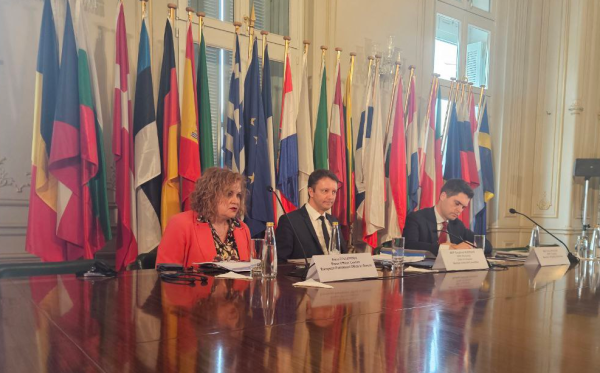
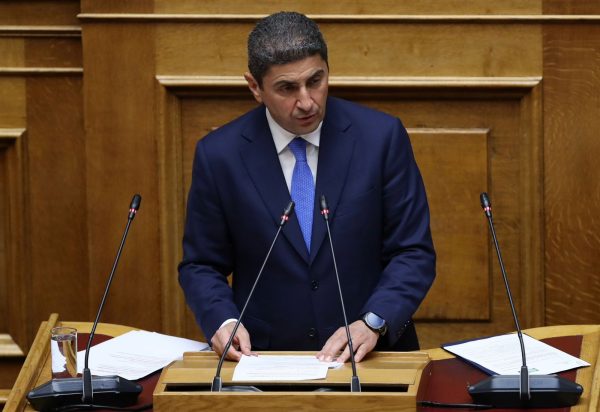


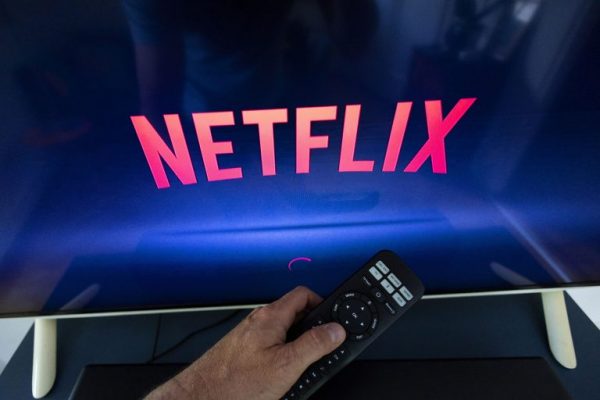


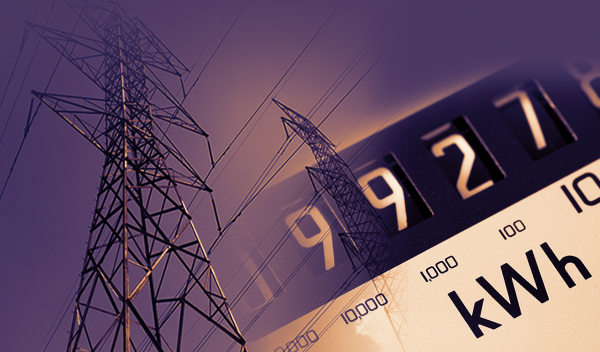
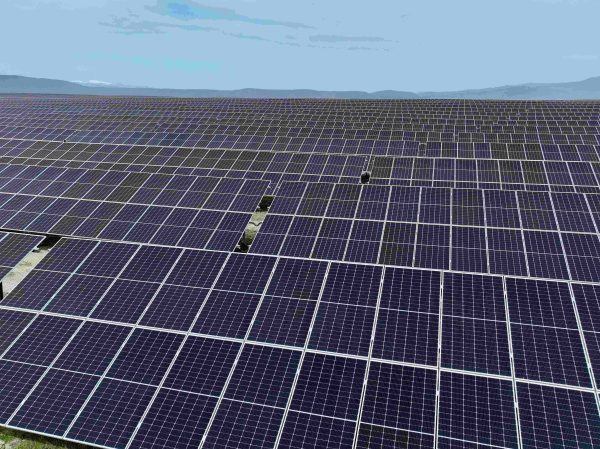






 Αριθμός Πιστοποίησης
Αριθμός Πιστοποίησης